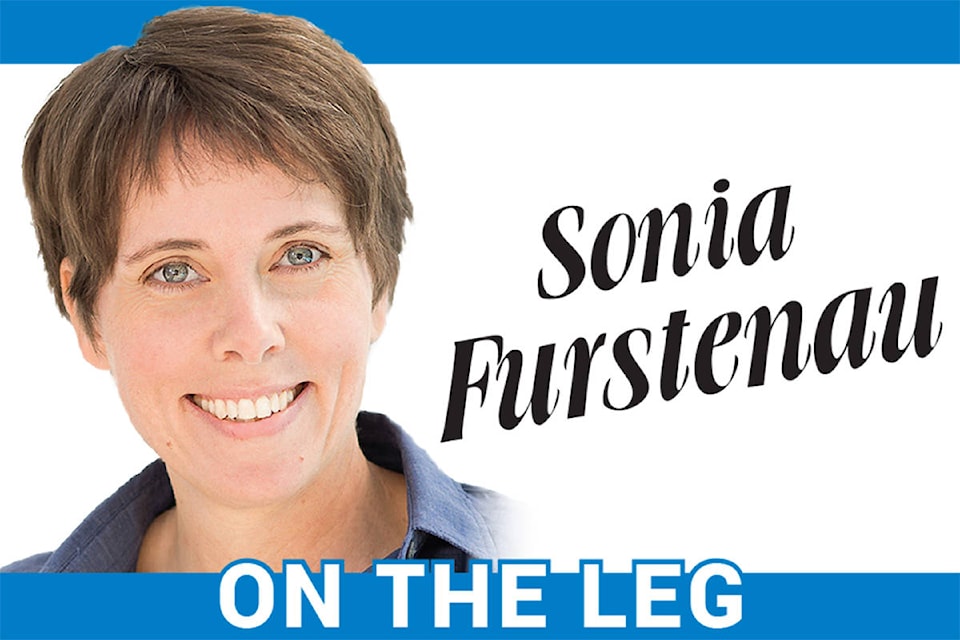After 25 years of dedicated community work towards long-term protection of the Cowichan River, there is renewed hope that we are nearing a solution.
On June 11, the final report and recommendations of the Cowichan Water Use Plan were presented to the public at a meeting in Lake Cowichan. Cowichan Tribes, the Cowichan Valley Regional District, the Cowichan Watershed Board, and then-Catalyst Paper had worked with a public advisory group to develop a long-term plan for the Cowichan Watershed. This process was an inspiring example of an approach to planning and decision-making that is collaborative, rooted in evidence, consensus-building, and recognizes the importance of reconciliation as an important foundation of our efforts moving forward.
What was perhaps most striking about the June presentation was the in-depth analysis of the present and future impacts of climate change on the Cowichan River. The longer periods of drought combined with the eventual loss of snow packs in the mountains around Cowichan Lake will critically endanger the river and all life that depends on it. What is absolutely necessary is the ability to store more water in Lake Cowichan in order to be able to sustain the river through the hotter and drier summer and fall months we are already experiencing.
The plan recommends increasing the storage in Cowichan Lake by 30 cm immediately and an additional 40 cm once impacts to lakefront properties are resolved. This work is essential in terms of maintaining our world-class salmon stocks, including creating a chinook salmon refuge that may be critical for the survival of the southern resident orca, who are heavily reliant on local chinook stocks. It is also essential for building the resilience that is essential for the well-being of thriving communities in the Cowichan Valley.
The circumstances in the river are no better today than they have been over the past five years - the river has consistently fallen below acceptable minimum summer flows. However, due to the diligence, collaboration, and hard work of the Cowichan Watershed Board, this community is in the best position to work effectively with higher levels of government to implement the solution to this problem.
The provincial and federal governments are paying attention. The federal government has acknowledged that summer low flows in the Cowichan River are a threat to fish and fish habitat and that raising the Cowichan weir could provide additional water storage in the lake to deal with the problem, and provided funding for the Cowichan Water Use Planning process. The province is also recognizing the urgency and importance of acting to protect the Cowichan River. We both attended a meeting at the Legislature in September with the Cowichan Watershed Board and the two ministers responsible for water management in our province, and a follow-up meeting is happening soon. The co-chairs of the Watershed Board were clear in their message: a solution, arrived at through hard work and collaboration, is available. It is now time for all levels of government to implement the solution so that we can all be assured that the Cowichan River will no longer be in crisis.
Working together across all levels of government and with Cowichan Tribes, we are demonstrating to British Columbians, and the rest of Canada, what climate change adaptation looks like and how we can move down the path of reconciliation together.
Alistair MacGregor is the Member of Parliament for Cowichan-Malahat-Langford.
Sonia Furstenau is the MLA for the Cowichan Valley.
Alistair MacGregor is the MP for Cowichan-Malahat-Langford. Sonia Furstenau is the MLA for Cowichan Valley.
